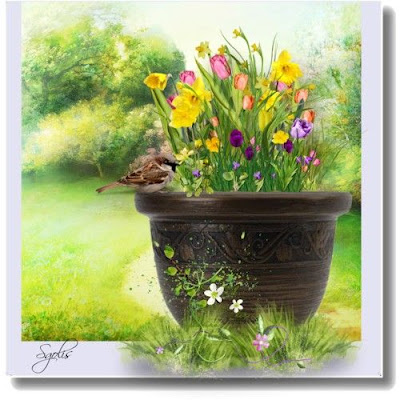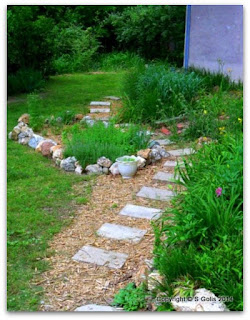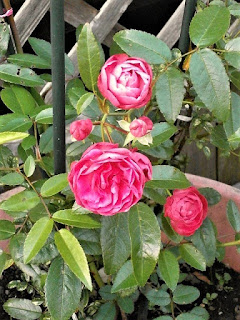Flower Container Garden by sgolis
Grow a variety of spring bulbs but before you buy you will need to check the bloom time. If you shop online at Netherlandsbulbcompany.com you will read that some bulbs have bloom times in early spring, mid-spring, and late spring.
Here are a few spring bulbs that I like to plant in a combination container. For early spring plants; Narcissus Jet Fire, Tulip Red Emperor, Crocus Large Flowering Mixture, Galanthus snowdrops. Mid-Spring; Narcissus butterfly mixture, Tulip Red Riding Hood, Muscari Delft Blue Mixture Late Spring Narcissus Pheasant’s Eye, Tulip Foxtrot, Giant Grape Hyacinth
Put your combination container garden together in the fall because the bulbs do need to have a winter season in order to bloom in the spring.
For abundant blooms and colorful flower container gardens, I plant 15 spring bulbs per square foot. The bulbs are planted flat side down, pointed side up, and are 3 inches apart. Yes, the bulbs are close together but come spring when they bloom the container gardens look fabulous.
Planting Tips:
- Plant spring bulbs in the fall, six weeks prior to a hard frost.
- I recommend mixing bone meal with the potting soil. The bone meal will provide the bulbs with phosphorous and calcium. It is great for strong roots. Plus squirrels do not like the smell of bonemeal and will stay out of your spring bulb containers.








